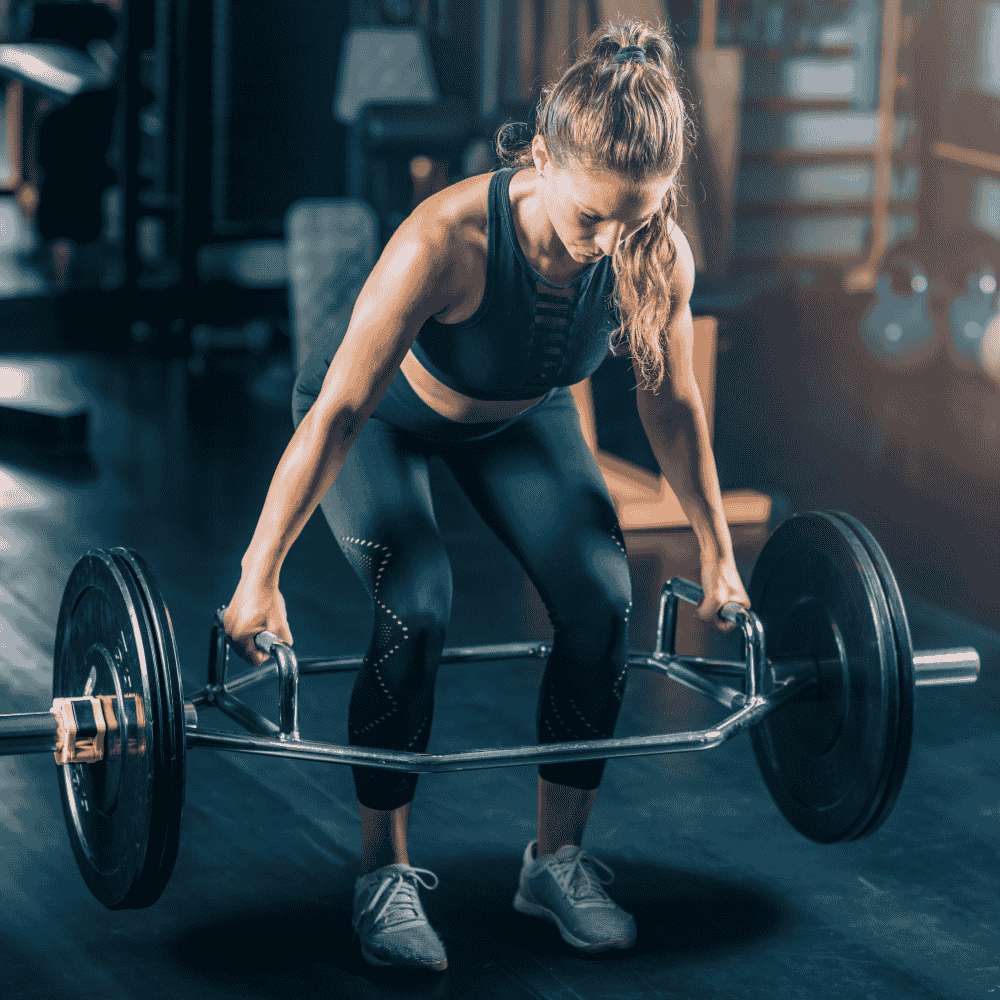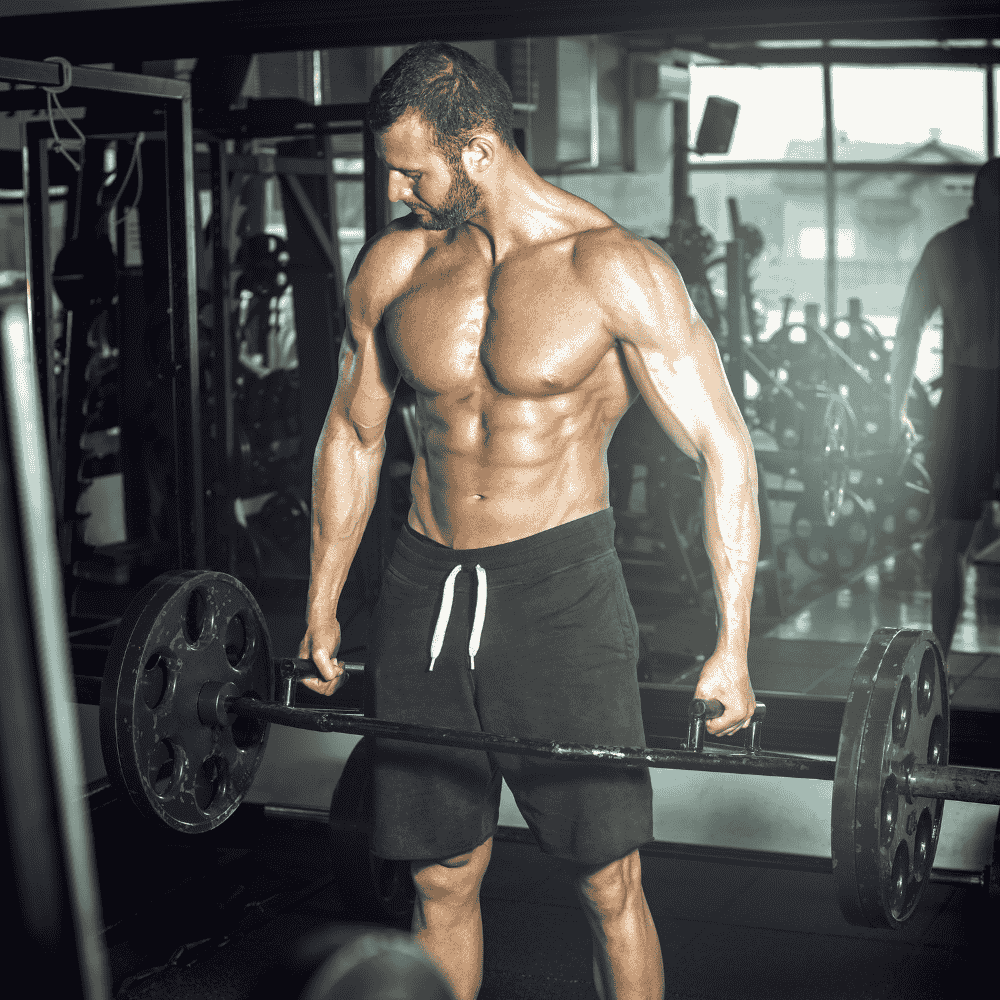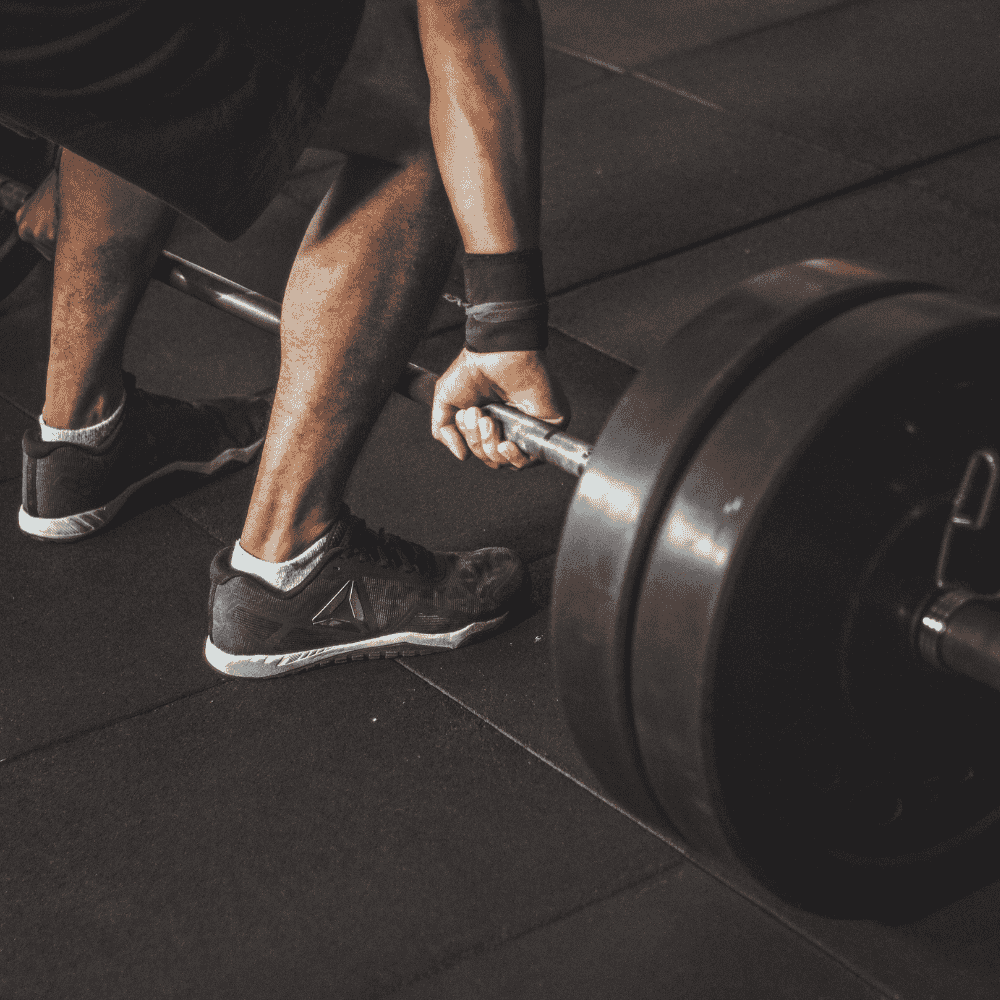If you’ve ever stepped into a gym or followed a workout plan that focuses on shoulder development, chances are you’ve come across the lateral raise.
This seemingly simple movement is one of the most effective isolation exercises for shaping strong, defined shoulders. But what muscles do lateral raises work, and how can you make the most of them?
Let’s break it down..
The Primary Muscle Worked: The Lateral Deltoid
The main purpose of the lateral raise is to target the lateral deltoid, also known as the middle deltoid. This muscle sits on the side of your shoulder and gives your upper body that broad, V-shaped look.
When you lift your arms out to the side during a dumbbell lateral raise (DB lateral raise), the lateral deltoid is responsible for shoulder abduction – moving your arm away from the body.
Strengthening this muscle not only improves aesthetics but also supports better posture, stability, and upper-body strength.

Secondary Muscles Activated During Lateral Raises
Although the exercise is designed to isolate the lateral deltoid, several supporting muscles come into play:
-
Anterior Deltoid (Front Shoulder) – Assists with lifting the arm, especially if the weights drift slightly forward.
-
Posterior Deltoid (Rear Shoulder) – Provides stabilisation and balance during the lift.
-
Trapezius (Upper Traps) – Engages to support shoulder movement, though too much trap involvement often means the weight is too heavy.
-
Supraspinatus (Rotator Cuff) – Helps initiate the first part of the arm raise.
-
Core Muscles – Contract to stabilise your torso and maintain posture.
In short, while the lateral deltoid does most of the heavy lifting, the lateral raise is far from a single-muscle movement.
Why Lateral Raises Matter in Shoulder Training
Strong shoulders are essential for both performance and aesthetics.
Including lateral raises in your routine ensures balanced development across all three heads of the deltoid (anterior, lateral, and posterior).
Without enough lateral deltoid work, shoulders can appear rounded forward or uneven.
Some benefits of lateral raises include:
-
Building wide, defined shoulders
-
Enhancing symmetry in upper-body development
-
Improving shoulder strength for pressing exercises
Supporting joint health and mobility.
How to Perform a Dumbbell Lateral Raise Correctly
Many gym-goers perform lateral raises incorrectly, turning an isolation exercise into a trap-dominant movement. Here’s how to do it right:
-
Starting Position – Stand tall with a dumbbell in each hand, arms by your sides, palms facing your body.
-
Controlled Movement – Lift your arms out to the sides until they reach shoulder height. Keep a slight bend in the elbows.
-
Avoid Swinging – Don’t use momentum; move slowly and with control.
-
Focus on the Delts – Imagine leading with your elbows, not your hands.
-
Return to Start – Lower the weights back down with control.
This is the standard DB lateral raise, but variations can help target the muscle from different angles.

Variations of the Lateral Raise
If you want to keep your shoulder workouts engaging, try mixing up your lateral raise technique:
-
Seated Dumbbell Lateral Raise – Removes momentum by keeping you stable on a bench.
-
Cable Lateral Raise – Provides constant tension through the movement.
-
Lean-Away Lateral Raise – Increases the challenge by adjusting the resistance curve.
-
One-Arm Dumbbell Lateral Raise – Helps isolate each shoulder individually.
These variations are all effective lateral deltoid exercises and can be rotated into your program for variety and progress.
Common Mistakes to Avoid
Even though the lateral raise looks simple, there are a few pitfalls to watch out for:
-
Using Too Much Weight – This usually causes the traps to take over.
-
Shrugging Shoulders – Focus on lifting with the delts, not pulling with the traps.
-
Swinging or Jerking – Keep the movement slow and controlled.
-
Lifting Too High – Stop at shoulder level to avoid unnecessary joint strain.
By correcting these mistakes, you’ll keep tension exactly where you want it – on the lateral delts.
Programming Lateral Raises into Your Workout
For best results, add lateral raises into your shoulder or upper-body sessions.
Aim for:
-
Sets/Reps – 3 to 4 sets of 10–15 reps
-
Frequency – 2–3 times per week depending on your training split
-
Placement – After compound lifts like overhead presses, so your delts are pre-fatigued and ready for isolation.
Pairing lateral raises with pressing movements ensures complete shoulder development.
Final Thoughts
So, what muscles do lateral raises work?
Primarily, they hit the lateral deltoid, while also engaging supporting muscles such as the traps, anterior deltoid, and rotator cuff. This makes them one of the best lateral deltoid exercises for anyone aiming to build wide, powerful, and balanced shoulders.
Whether you’re doing a classic dumbbell lateral raise, a DB lateral raise, or a cable variation, the key is proper form, moderate weight, and consistency.
Add them into your routine, and you’ll see noticeable improvements not only in shoulder aesthetics but also in overall upper-body performance.









